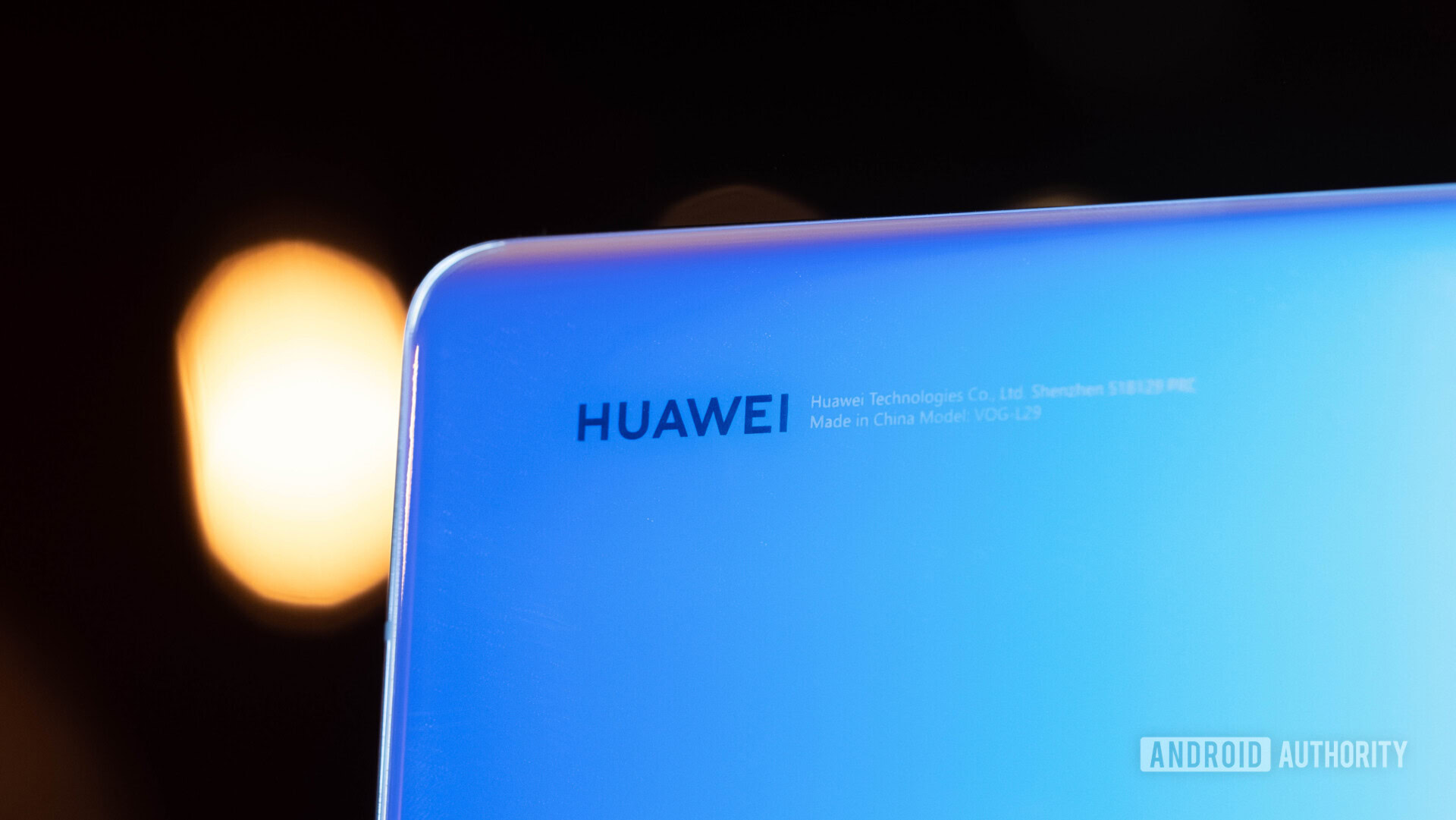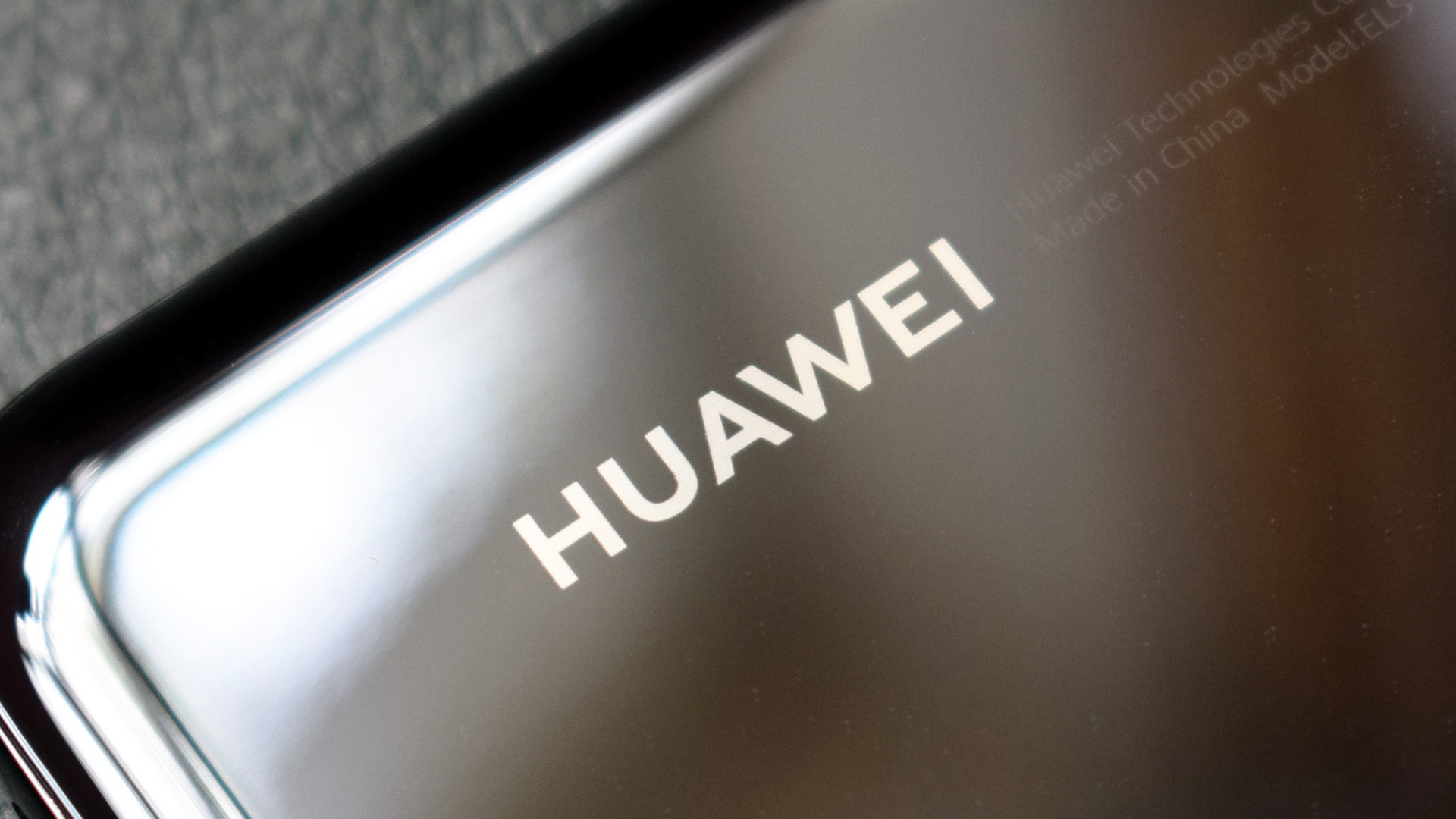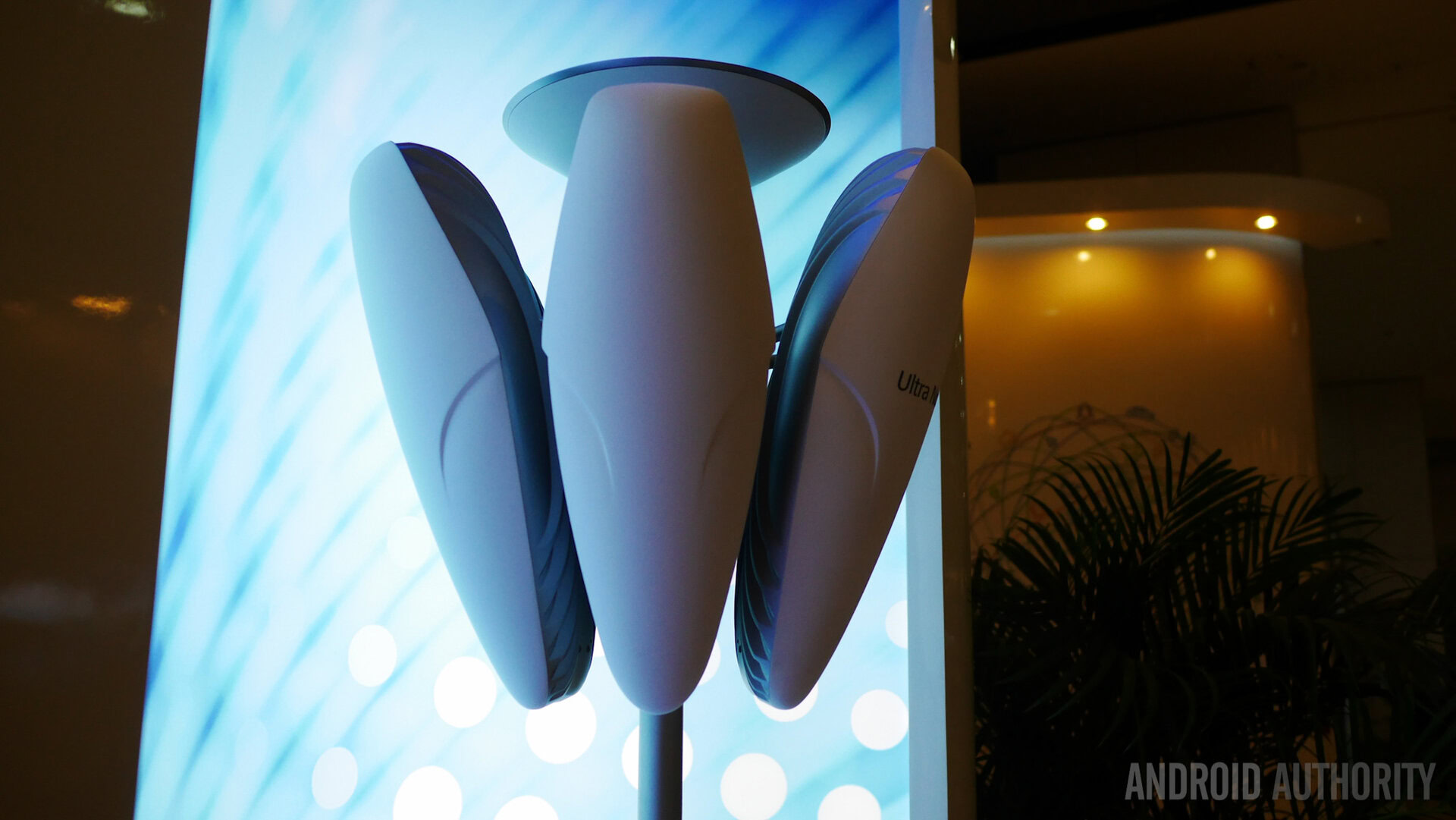Affiliate links on Android Authority may earn us a commission. Learn more.
HUAWEI still leading 5G deployment, despite US ban

Huawei’s smartphone shipments may be taking a beating from the US trade dispute, but the company’s 5G deployment ambitions are plowing ahead unhindered. At least according to HUAWEI’s latest boast about the 200,000 5G-enabled base stations (via EETAsia) that it has now shipped globally. If accurate, this suggests that HUAWEI is still leading the way with global 5G deployment.
Back in June, HUAWEI claimed to have shipped 150,000 5G base stations (the radio gear mounted on cellular antennas) and was preparing to ramp up to half a million by the end of the year. A 33% boost to shipments over a three month period suggests that the US trade ban isn’t denting the company’s appeal too badly. This comes despite the US, UK, and Germany looking elsewhere for key 5G infrastructure components for fear of a “backdoor” security flaw.

In response to the security concerns, CEO Ren Zhengfei states in an interview with The Economist, that HUAWEI is willing to share HUAWEI’s 5G IP, code, and technical blueprints with potential buyers. In addition, the company is also open to buyers modifying source code running on their products to address back door concerns. While the latest 5G deployment figures appear healthy, HUAWEI needs a solution to the impasse if it’s to get its foot in the door to lucrative European markets.
Measuring 5G success
Unfortunately, measuring the scale of HUAWEI’s apparent lead in the 5G space is difficult. Few of its rivals share base stations shipment numbers. We can’t independently verify HUAWEI’s figures or claims that two-thirds of 5G networks outside of China use its gear either.
However, we can make a few comparisons to gauge roughly where HUAWEI sits in the market. For example, SoftBank’s accelerated 5G rollout in Japan amounts to 11,210 base stations which will cover 60% of Japan. In April, Samsung announced that it is supplying 53,000 base station to South Korea’s three leading operators. Similarly, North China’s Shanxi is using 30,000 5G base stations to cover China’s Shanxi Province by 2022. Germany’s Deutsche Telekom is planning to use 129 base stations to cover five major cities this year.
200,000 base stations seems like an optimistic number, especially given the limited availability of live 5G networks at the moment. However, between multiple countries and carriers, the number of base stations quickly adds up. HUAWEI’s figure touting is an aggressive strategy, but one that keeps a positive eye on its 5G technology in light of its disputes in the US and UK.
Huawei, Nokia, Ericson, and ZTE are the four biggest players in 5G network equipment.
A few of HUAWEI’s 5G rivals are more willing to talk contract numbers. Although these obviously vary in size and scale. Back in July, Nokia announced that it holds 45 commercial contracts for 5G equipment. Meanwhile, Ericsson has secured 24 contracts with operators, most of which are based in Europe and the US. However, some carriers have reported delays and issues with these two providers which have slowed down their rollouts.
HUAWEI announced that it has received 50 commercial contracts for 5G base station deployments. The company doesn’t appear to be miles ahead of its rivals, but its technology is helping networks to scale up quickly. However, Nokia and Ericsson are securing lucrative contracts in the US and Europe, while much of HUAWEI’s success is limited to the competitive Asia-Pacific region.
HUAWEI remains a major 5G player, despite the US ban

HUAWEI claims to be the leading vendor of 5G base station technology and that may well be true in terms of shipment numbers. Revenue and profits could be another matter altogether and are arguably the more important metric of success. Either way, its rivals aren’t far behind and HUAWEI, just like ZTE, is stuck trying to convince major markets like the UK and Germany to adopt its technology.
As a result of the US trade ban, HUAWEI is looking to new strategies to win round skeptical governments and carriers. Finding third-party buyers and opening up its source code and IP might persuade some that their security concerns are unfounded. However, with the US-China trade war clearly transcending the security issue, HUAWEI could well find it difficult to maintain its 5G sales momentum as countries accelerate their deployment plans next year.
HUAWEI appears to be leading the world’s 5G deployment despite the US ban. We’ll have to see if this lasts through 2020 and into 2021.